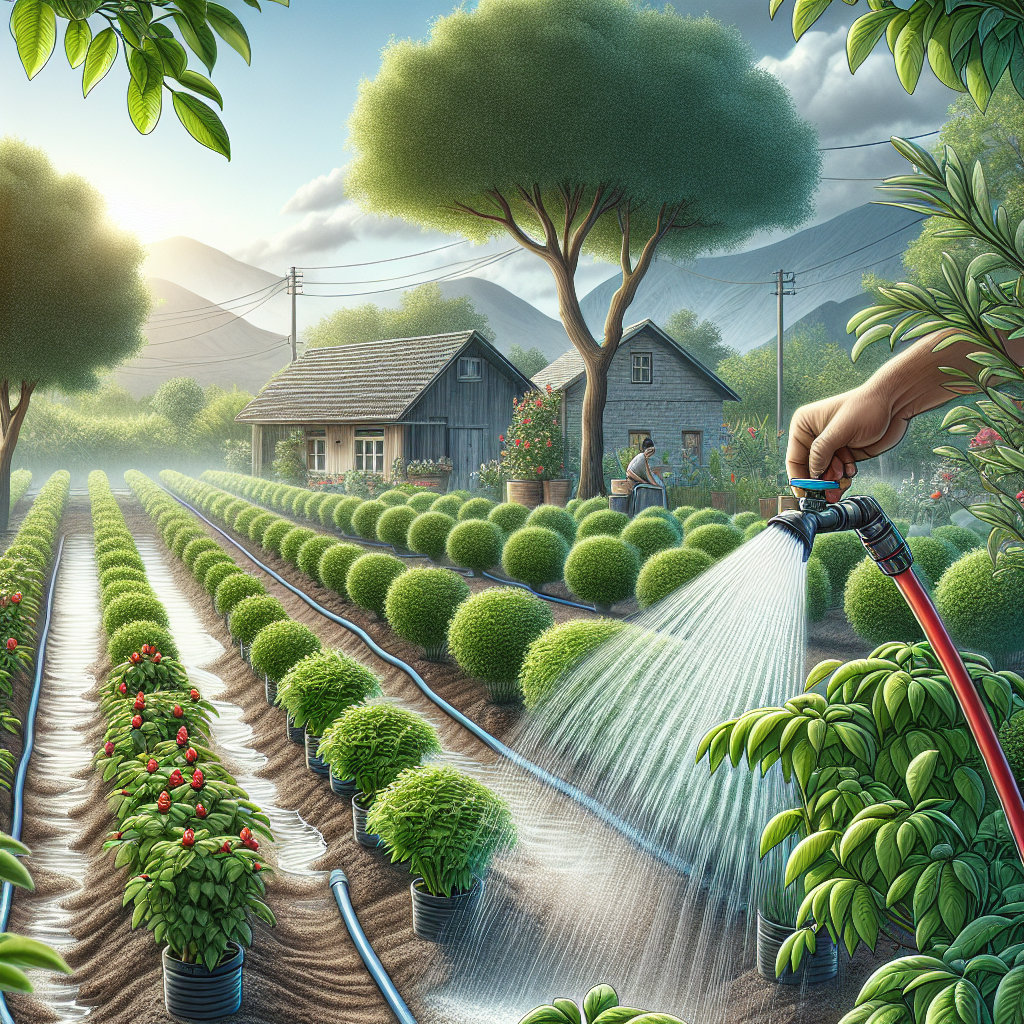Watering plants can be a time-consuming task, especially if you have a large garden or multiple potted plants to tend to. Watering by hand can also be inefficient, leading to over-watering or under-watering of your plants. However, there is a simple solution that can make watering tasks easier and more efficient – a slow drip system.
A slow drip system is a method of watering plants that delivers water directly to the root zone at a slow and steady rate. This helps to ensure that the plants receive just the right amount of water they need, without any excess runoff or wastage. Slow drip systems are easy to set up and maintain, making them ideal for both indoor and outdoor use.
One of the main benefits of using a slow drip system is that it helps to conserve water. By delivering water directly to the root zone, less water is lost through evaporation or runoff. This not only saves water but also helps to prevent water wastage and reduce your water bills.
Another advantage of using a slow drip system is that it promotes healthier plant growth. By providing a continuous supply of water directly to the roots, plants are able to absorb nutrients more efficiently and grow stronger and healthier. This can result in lush, green foliage and vibrant blooms.
Setting up a slow drip system is easy and requires only a few simple tools and materials. To create your own slow drip system, you will need some basic supplies such as tubing, emitters, connectors, and a timer. You can easily find these items at your local garden center or hardware store.
To set up your slow drip system, start by connecting the tubing to your outdoor faucet or indoor water source. Next, lay out the tubing along the base of your plants or containers, making sure to position it near the root zone. Insert emitters into the tubing at regular intervals to deliver water directly to the roots of each plant.
You can also use connectors to create separate zones for different areas of your garden or pots with different watering needs. For example, you can create one zone for leafy greens that require more frequent watering and another zone for succulents that prefer drier conditions.
Once you have set up your slow drip system, you can automate the watering schedule by using a timer. Set the timer to turn on at specific times each day or week based on your plant’s needs. This will ensure that your plants receive consistent watering without you having to lift a finger.
In addition to simplifying watering tasks, a slow drip system can also help prevent common issues such as over-watering or under-watering of your plants. Over-watering can lead to root rot and other diseases, while under-watering can cause stress and stunted growth in plants.
By delivering water directly to the roots at a controlled rate, a slow drip system helps maintain optimal soil moisture levels for healthy plant growth. It also minimizes surface evaporation, which can be especially beneficial in hot climates or during dry spells.
Overall, using a slow drip system is an effective way to simplify watering tasks while promoting healthier plant growth. Whether you have a small balcony garden or a large backyard oasis, implementing a slow drip system can help save time and effort while ensuring that your plants thrive all season long.
In conclusion, if you are looking for an easy and efficient way to water your plants without all the hassle of traditional methods, consider setting up a slow drip system in your garden or home today. Not only will it simplify your watering tasks but it will also help conserve water and promote healthier plant growth. With just a few simple tools and materials, you can enjoy lush greenery and beautiful blooms with minimal effort – thanks to the power of slow drip irrigation systems!














